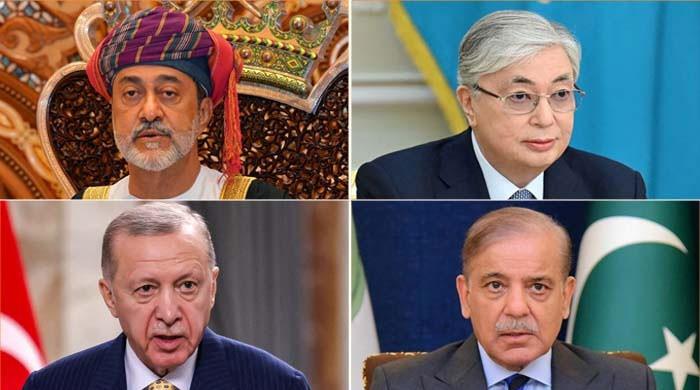Gas nears US$50 per gallon amid clashes in Kachin state
More than 100,000 people in Puta-O district are trapped and facing dire shortages.

Fighting between ethnic rebels and the military has cut off access to the district of Puta-O in northern Myanmar’s Kachin state, trapping more than 100,000 civilians and sending the price of food and fuel skyrocketing, residents said Friday.
The Kachin Independence Army, or KIA, an ethnic minority force from Kachin state in northern Myanmar, has been on the attack in recent weeks, seizing several major positions from junta forces. On May 5, the KIA captured a number of junta camps along the highway leading from its base in Laiza to the state capital Myitkyina, and launched an assault on the town of Sumprabum, midway between Myitkyina and Puta-O.
But residents said Friday that roads have been blocked to Puta-O district since March 10, when the KIA first began attacking the military in Sumprabum.
"The road has now been closed for more than two months and many goods are already in short supply,” said one resident who, like others interviewed for this report, spoke to RFA Burmese on condition of anonymity, citing security concerns.
The resident said the shelves of local shops are growing increasingly empty and building materials are particularly scarce.
“The most challenging issue right now is the fuel shortage,” he said. “Gasoline prices now range between 40,000 and 50,000 kyats per bottle, and more than 200,000 kyats (US$49) per gallon.”
Puta-O district comprises five townships, including Puta-O, Sumprabum, Nawngmun, Machanbaw, Khaunglanhpu and has a population of more than 100,000, according to the General Administration Department.
Fuel and basic consumer goods transported from Myitkyina must first pass through Puta-O township to reach Machanbaw, Nawngmun, and Khaunglanhpu townships. But fighting has brought the flow of goods to a halt, residents said.
Farming by hand
A resident of Nawngmun, who also declined to be named, told RFA that farmers have been forced to pull their plows by hand, due to the lack of fuel.
He said the township is “completely cut off, with nothing left.”
“Only a few shops remain open, and they have very little to sell,” he said.

Other residents said that they had been able to order goods via domestic flights to Puta-O township, but prices were prohibitively high. They said onions, which sell for only 2,500 kyats per viss (3.6 pounds) in Yangon, cost more than 10 times as much to ship by air.
The fuel shortage has also complicated transportation of patients with urgent medical needs, they said, as few people can afford to drive cars or motorbikes.
KIA information officer Col. Naw Bu told RFA that the Myitkyina-Puta-O highway was not closed intentionally.
"The road closure on the Puta-O side was not done by the KIA, but it's also unlikely that the junta did it,” he said. “The closure is probably due to the ongoing fighting. Junta troops have raided the area again, so the fighting has continued, effectively closing off the route for security reasons.”
RFA tried to contact Moe Min Thein, the junta’s social affairs minister and spokesman for Kachin state, to inquire about the problems caused by road closures in Puta-O district, but was unable to reach him.
A resident of Machanbaw township called for the reopening of roads to the area “as soon as possible.”
"There is absolutely no fuel for our transportation, and those who have it are selling at an exorbitant price,” he said. “Our only hope is that the roads are reopened, bringing down the price of commodities.”
Translated by Kalyar Lwin. Edited by Joshua Lipes.
This article has been sourced from various publicly available news platforms around the world. All intellectual property rights remain with the original publishers and authors. Unshared News does not claim ownership of the content and provides it solely for informational and educational purposes voluntarily. If you are the rightful owner and believe this content has been used improperly, please contact us for prompt removal or correction.












